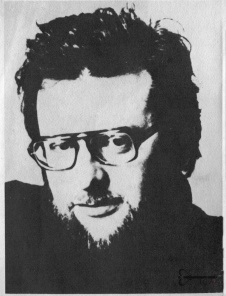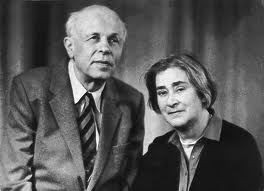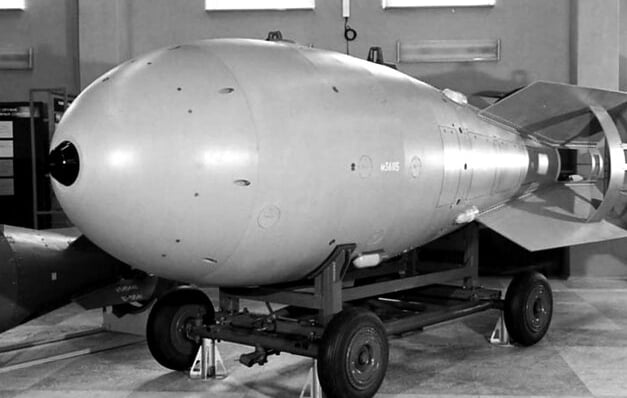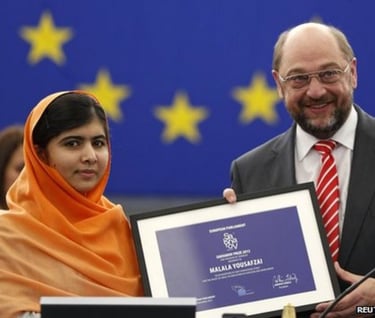Apartment at Tauro 10
This building we’re standing in front of holds a museum for Vincas Mykolaitis-Putinas, who was a prominent Lithuanian writer in the 20th century. And while he, among other famous writers who also resided at this address, are important historical figures, they are not why we’ve stopped here, on the street which during the occupation was named after the date Lithuania was forced to join the USSR – July 21st.
No, here at number 10 Tauras st., we’ll find the unmarked, and unremarked upon, apartment of Eitan Finkelstein.


Yes, you’re right. You remember his name as one of the five founders of the Lithuanian Helsinki Watch Group. What you may not know yet is that his apartment held numerous dissident meetings and was searched a number of times by the KGB. Even so, Eitan hosted many of the dissidents who visited Vilnius, making his apartment one of the most symbolic places of the entire Lithuanian dissident movement.
Some of his guests included the writer, and fellow dissident, Nadezhda Mandelshtam, as well as human rights activist and Nobel Peace Prize Laureate Andrei Sakharov. In fact, Andrei Sakharov is a highly important figure here, and the primary reason we’re stopping.


Sakharov, born in 1921, began his career as a talented physicist in the Soviet Union. Graduating with his PhD in 1947, the effects of the Second World War stuck with him. Even though he was assigned to work on the Soviet atomic program, and led the construction of the hydrogen bomb, Sakharov never recovered from the shock he felt when he first heard of the atomic bombings of Hiroshima and Nagasaki - the actions of the USA in Japan proved that science was creating a destructive force.
He always had a voice inside him, insisting that if world peace was the goal, creating more weapons was not the answer. He started working on peaceful uses for the more and more powerful nuclear reactions which were being developed but as the 60s came about, he understood that continuing to work with the atomic weapons program was no longer acceptable, despite all the benefits of the Soviet authorities’ favoritism.
Sakharov tried to convince the then-leader of the USSR, Nikita Khrushchev, not to conduct nuclear tests. While the talks were ultimately unsuccessful, in the end, Sakharov, thankfully, managed to persuade Khrushchev to ban the most dangerous tests, the ones in the atmosphere, under the water, and in space. In terms of environmental protection, this was a major win, but a humanist by nature, Sakharov was not satisfied. How could he be?
Soon, Sakharov had to return to Soviet Russia, where he also returned to KGB interrogations, house searches, and the tapping of his telephone. Sadly, Sakharov was exiled to the outskirts of Nizhny Novgorod, limiting his outside contacts. During this time, his wife conveyed Sakharov’s writings to the West, and held press conferences to tell the world about her husband's horrible treatment at the hands of his Soviet oppressors, but a few years later, Yelena Bonner was also isolated from the outside world. On the plus side, she was reunited with her husband.
After seven years of isolation and exhaustion from hunger strikes, Sakharov gained more international support, and the USSR authorities were condemned by the West. That was when Mikhail Gorbachev, head of the USSR at the time, agreed to release both Sakharov and Bonner. For all of us in the fight, It was the first sign that real change was possible.
Did his time in isolation change Sakharov, make him more cautious? Of course not! Back in Moscow, he continued to play an active role in the restructuring of the Soviet Union, calling for a democratic government.
In 1989, just months before the changes he had advocated for could be implemented, he died suddenly at the too young age of 68. He lives on in a number of awards and prizes which bear his name, but that honor and recognition is not for most who fight our fight.


Andrei Sakharov with his wife Yelena Bonner


RDS-6s, soviet hydrogen bomb developed by a team led by Andrei Sakharov and Yulii Khariton
You see there are no plaques on this building dedicated to Eitan Finkelstein or Nadezhda Mandelshtam or even Andrei Sakharov himself. This is the harsh truth about the dissident life – your work will be largely based underground, in secret, and stays this way even after you are free. But we dissidents do not work to become famous or to be acknowledged. We have a cause and will do anything in our power to achieve it. To this day, we still struggle to educate our people about the work dissidents did to bring independence to Lithuania. It’s an even bigger struggle to get them to admit that a Russian – Andrei Sakharov – is an important, positive figure in this story.


Malala Yousafzai gets EU's Sakharov human rights prize in 2013
When Leonid Brezhnev came to power, and began to actively persecute dissidents, Sakharov slowed and eventually stopped his work on the development of nuclear weapons altogether, choosing instead to focus more on human rights issues.
The physicist quickly became a political activist and one of the main voices for dissidents…but there was a price to pay. His defense of human rights and freedom of thought cost him his career, at least in the Soviet Union, though he continued publishing papers which were widely respected abroad.
But why am I talking about him here, in front of this apartment building in Vilnius? Because Sakharov was recognized as a global political thinker and humanist, and was awarded the Nobel Peace Prize in 1975. But…he had been blacklisted in the USSR and was not allowed to go to Oslo to pick up the prize. His wife, Yelena Bonner, went in his place, to represent him. And while she was there, Sakharov came to Vilnius and listened to the award ceremony on the radio right here in this building.

Next stop: Museum of Occupations and Freedom Fights


